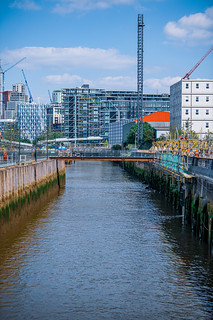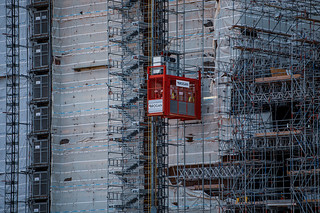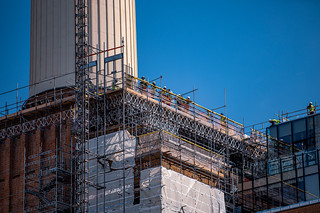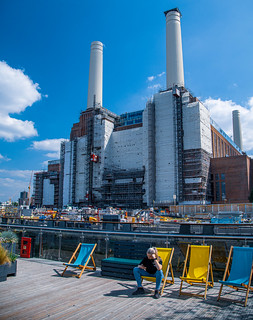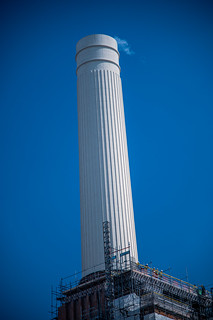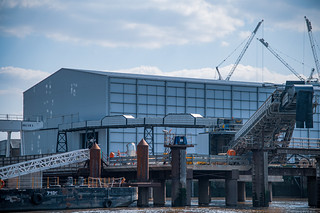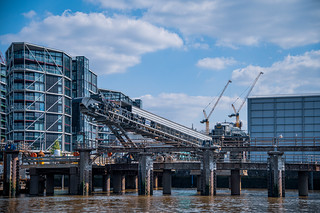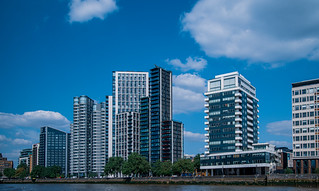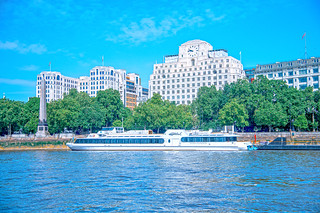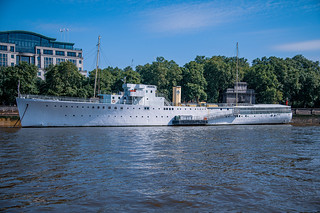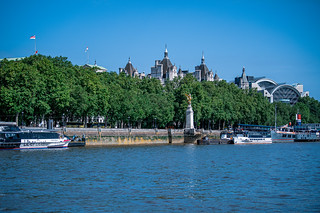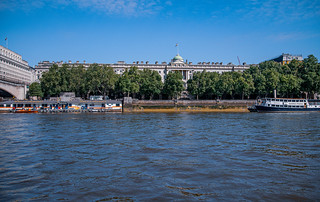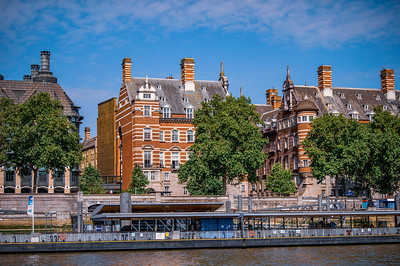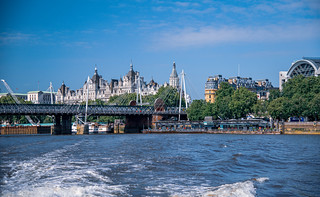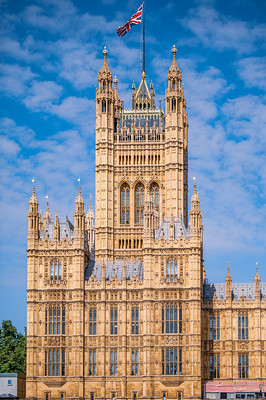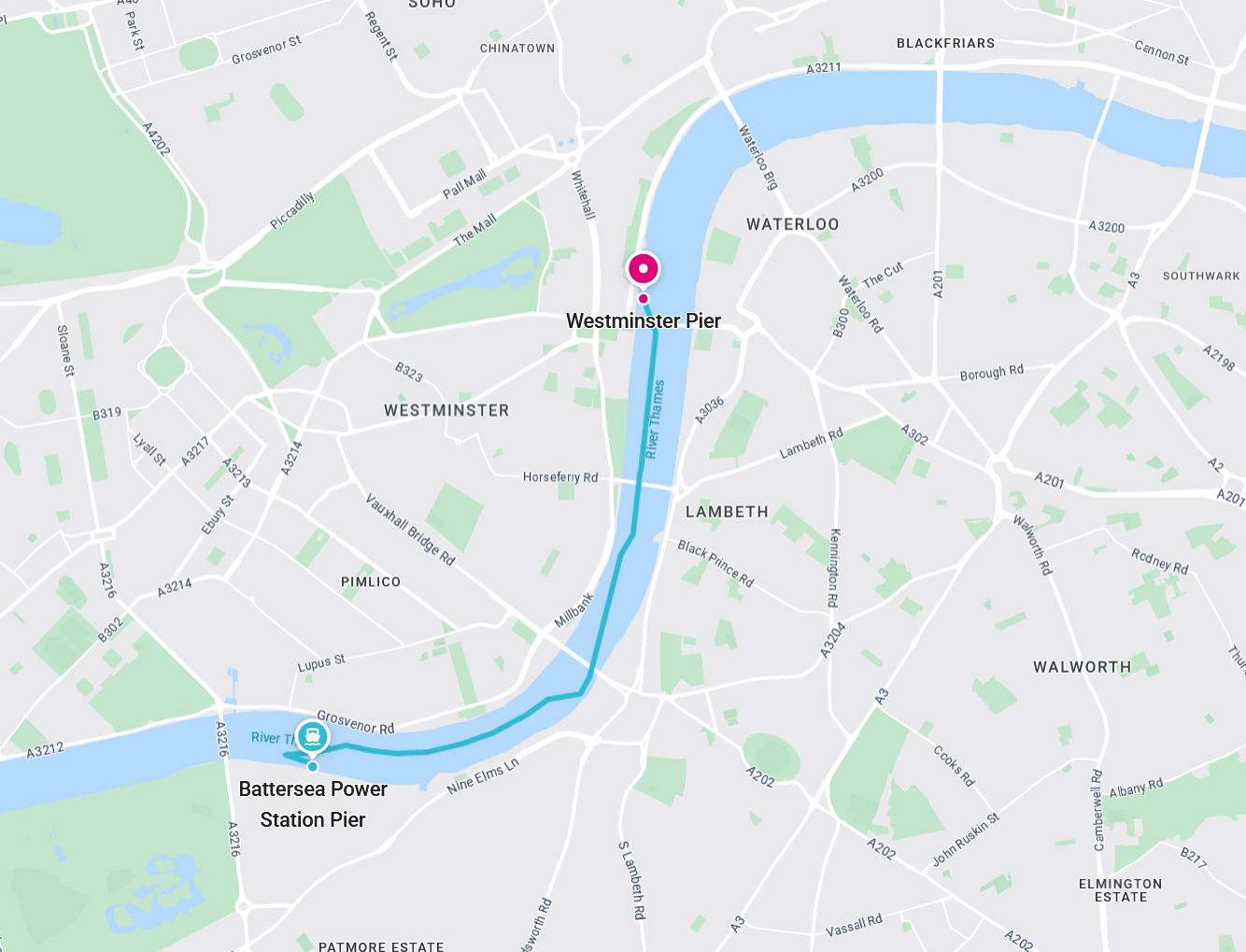Battersea Power Station is a decommissioned Grade II* listed coal-fired power station, located on the south bank of the River Thames, in Nine Elms, Battersea, in the London Borough of Wandsworth. It was built by the London Power Company (LPC) to the design of Leonard Pearce, Engineer in Chief to the LPC, and CS Allott & Son Engineers. The architects were J. Theo Halliday and Giles Gilbert Scott. The station is one of the world's largest brick buildings and notable for its original, Art Deco interior fittings and decor.
The building comprises two power stations, built in two stages, in a single building. Battersea A Power Station was built between 1929 and 1935 and Battersea B Power Station, to its east, between 1937 and 1941, when construction was paused owing to the worsening effects of the Second World War. The building was completed in 1955. "Battersea B" was built to a design nearly identical to that of "Battersea A", creating the iconic four-chimney structure.
"Battersea A" was decommissioned in 1975. In 1980 the whole structure was given Grade II listed status; "Battersea B" shut three years later. In 2007 its listed status was upgraded to Grade II*.
The station gained exposure in the cover photograph of Pink Floyd's 1977 album, Animals, which sold millions of copies worldwide. The photo, taken in early December 1976, shows the power station with an inflatable pink pig floating above it. It was tethered to one of the power station's southern chimneys, but broke loose from its moorings and drifted into the flight path of Heathrow Airport. The album itself was officially launched at an event at the power station.
In February 2012, the power station was put up for sale on the open market for the first time in its history. The sale was conducted by the commercial estate agent, Knight Frank, on behalf of the site's creditors. In May 2012, several bids were received for the landmark site, which was put on the market after Nama and Lloyds Banking Group called in loans held by Treasury Holdings' Real Estate Opportunities (REO). Bids were received from Chelsea F.C. with other interested parties including a Malaysian interest, SP Setia, London & Regional, a company owned by the London-based Livingstone brothers, and housebuilder Berkeley. The net price was £400 million which would discharge the £325 million to cover the debts held by Nama and Lloyds plus a £100 million contribution to the Northern line extension. If the sale was unsuccessful, the administrator or its agent(s) would have kept the landowner's duty to maintain and preserve the site per its listed status.
en.wikipedia.org


